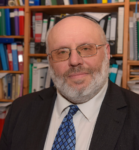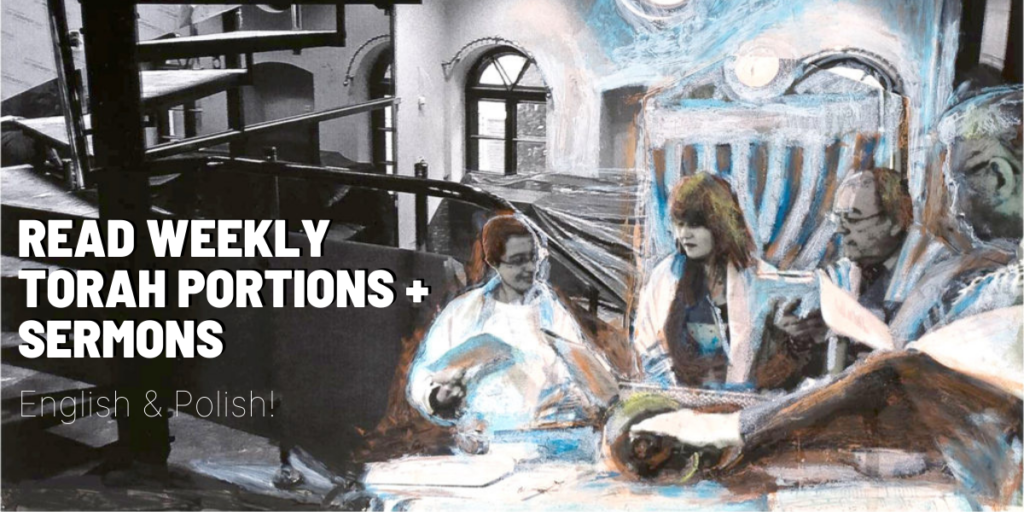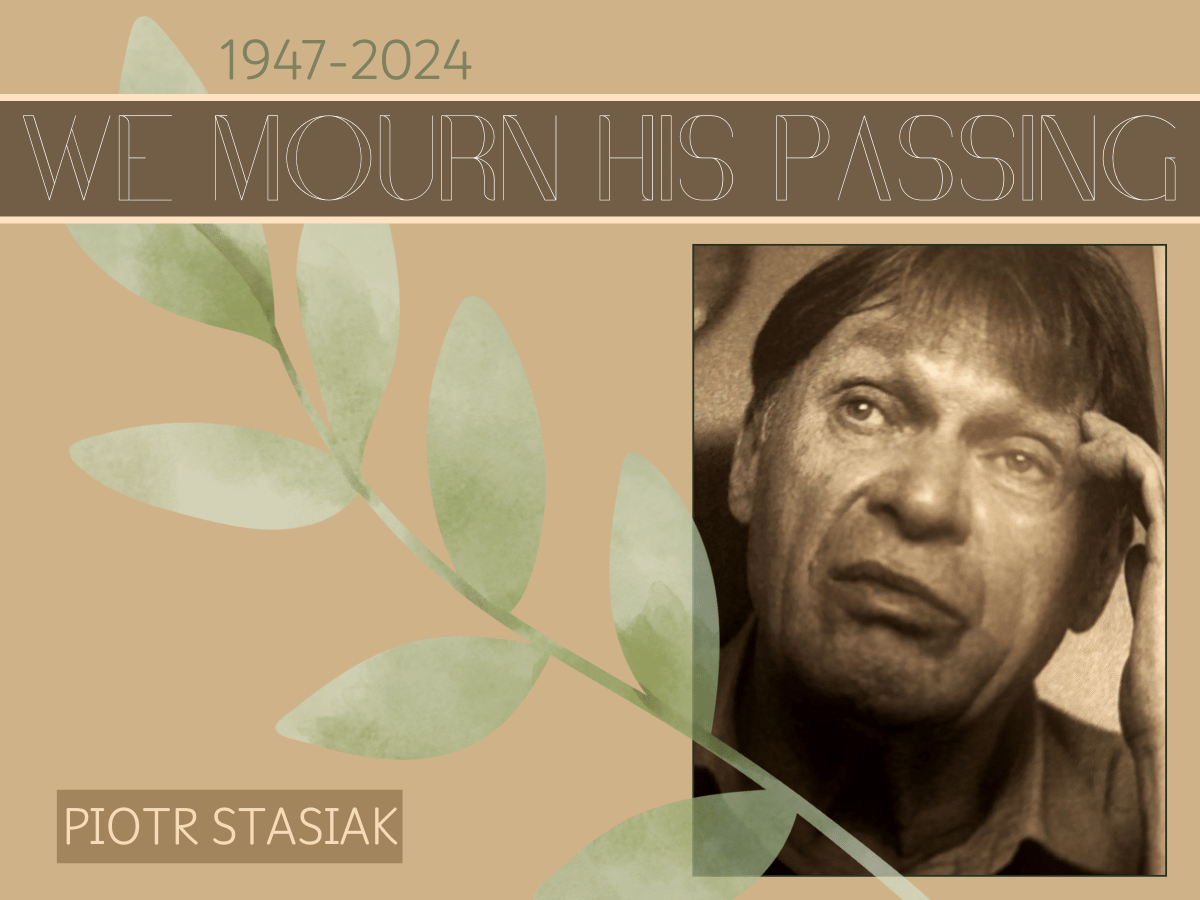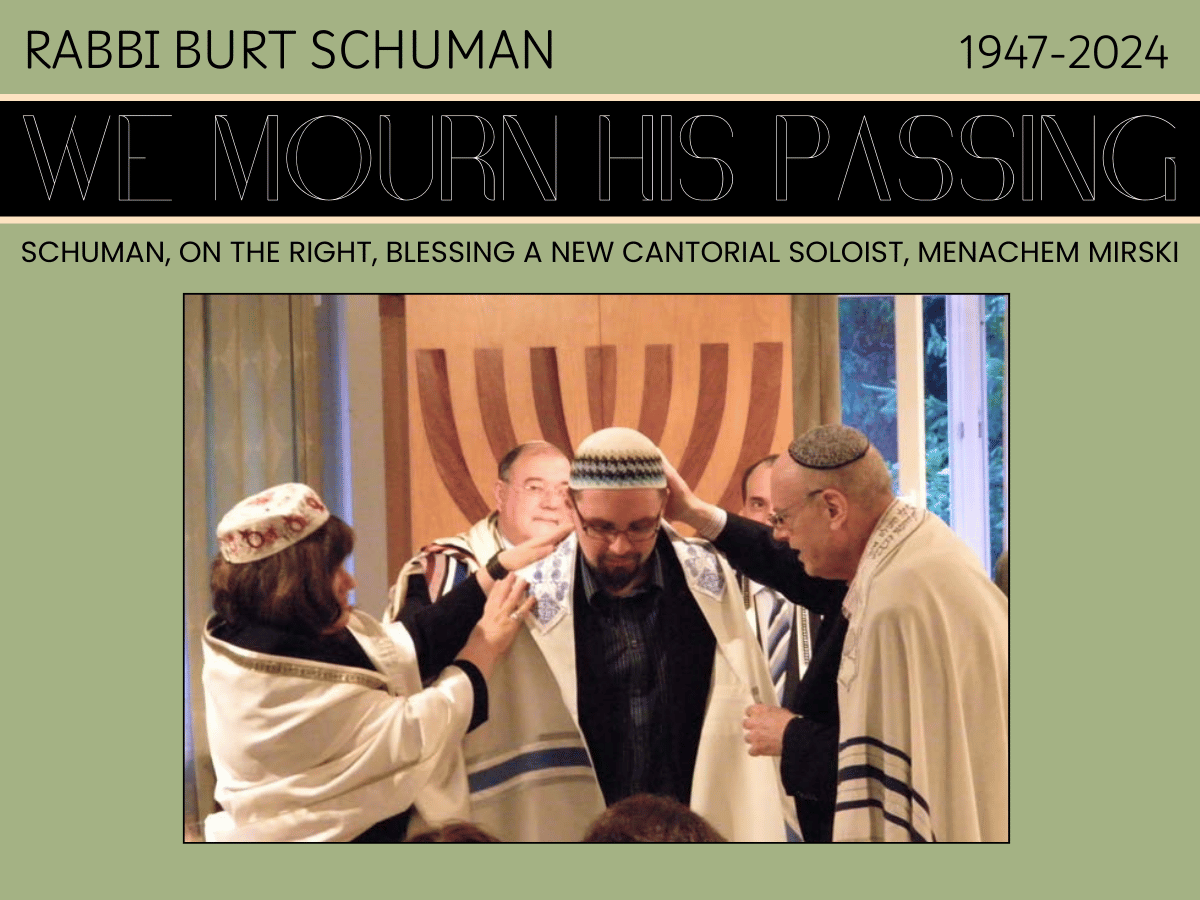For Beit Warszawa, (October 2020)

Rabbi Dr Walter Rothschild
[maxbutton id=”6″ url=”https://polishjewsreviving.org/bereszit/” ] ”Bereshit bara Elohim et-HaShamayim ve’et HaAretz”; ”In the Beginning, God created the Heavens and the Earth.” One of the most famous sentences of all time. With these words the History of the Universe is defined from a Jewish perspective. Of course we do not necessarily believe now in the literal truth of such a bare statement, of course we are aware that there are other theories of universes and what they are, of course we know that this is only the opening sentence of a poem, a beautiful poem, one which indeed forms only the first of two contradictory creation stories – nevertheless the words have such power! And such depth!
We do not occupy ourselves overmuch in Judaism with Metaphysics or with philosophical speculation, though there is some attempt to think about what Reality is. (I mean here what we must now call ‘Real Reality’ since so many people seem to live their lives now inside a sort of ‘Virtual reality’). But we live in a world, a real world, we stand on something solid and we look up into something which is essentially transparent but sometimes light and sometimes dark and sometimes water falls from it. So it is only logical to see the Universe as – what the word says – a single entity, ”Uno”, and that the earth is a part of something bigger and that the Earth and the Sky are actually together a part of something even bigger than that. Also, that everything has to have had a Beginning and – by definition – there has to have been something there before the Beginning, otherwise the Beginning could not have happened! This is the basis even of the ‘Big Bang’ theory…. Something went BANG! And split. But it was already there. How? What was it? Who made it? The Jewish response is in this brief but so meaningful sentence. Everything that exists and existed was Created, and there is a Creator who performed this action. Can you think of a better answer? Many have tried, but failed. If it was not created, how else did it come into being?
The Rabbis also struggled with some of the implications. They came up with various stories to explain the text. They explained that the first letter, a ”Bet”, acts through its shape as a form of opening bracket, blocking off the text from what came first, and then explain that this is because the individual letters of the alphabet all clamoured to God to ask to be the first…… It’s a nice fairy story but there has to be a first letter, so: Why this one? Then it is stated several times in this chapter that God saw that something was ”good”: What could this mean? Good, compared to what? Surely Everything God made was good? So they came up with the idea that it was ”good – this time” – that previous attempts had not worked out as planned, as desired, and so – like modelling with clay or plasticine – it had all been rolled up, thrown away and God started again! What can one learn from this? That God can do the same again, if necessary. It happened once in Genesis chapter 6, when God decided to wash away the life forms, the ‘software’, while keeping the ‘hardware’ – the earth, the waters above and below, the mountains. A small capsule was kept with one family and examples of various life forms, breeding pairs, to maintain the continuity of the DNA. (But that is next week’s sermon!) Later on God promised Noah not to do this again in this way – but that still leaves other ways open. Humanity, the mammals, the birds, the insects, the reptiles were so to speak ”re-booted” – the fish had presumably just been there all the time – but this was to be a fresh new beginning in other respects. If we say there was a period of ‘Pre-History’ before there was ‘History’, then we also have to ask ourselves, when did the one transition into the other?
There is the story of the scientist who wagers God that he can also make a Human Being. ”Fine,” says God, ”Go ahead.” ”OK,” says the scientist, ”first I shall take some mud and some water…” ”Wait a bit!” says God. ”Hang on! First, you have to make the mud and the water…” Even the raw materials have to be found or dug or made before they can be processed. So there is Mind and there is Matter and both are somehow part of the same essence.
One can extract so much more just from this sentence and those that follow. Of course this description in what we now call Genesis Chapter 1 is a poem and is to be understood as a poem, metaphorically and symbolically, but just because something is written as a poem does not mean it cannot be true. For many people the planet Earth (and especially their specific part of it) is the centre of the Universe. Here, says the Torah, God created the Shamayim before the Eretz. ”Shamayim” is a dual word, meaning there are TWO sets of heavens, or at least gatherings of ”Mayim”, of water; and this is understood as one above and one below. Is this logical? Well, if one is a thinking, intelligent, meditative, inquisitive person with no access to the internet and only one’s own senses, then one will see that if one digs down – there is water; If one walks far enough – one comes to water; If one waits a while – water comes falling down. Quite amazing, since it is heavy and yet if you throw it back up again it won’t stay in the air, it falls down again. Therefore the hard, solid, dry bit we stand on – often called the ‘Firmament’ – is part of a sandwich between water above and water below. We live in a context. Another part of this context is that all the other life forms were created BEFORE humanity. And God creates Light yet permits Darkness to continue to exist. This is important, for the one does not cancel out the other and both Light and Darkness will remain to dominate different periods. Talking of which, there is also Time, a succession of hours, days, weeks, months, years….
There is a story of a patient who was referred to a psychiatrist. The doctor asks him ”Why were you sent to me?” and the patient says ”I don’t know.” ”Well then,” says the doctor, ”Let us start at the beginning.” ”Very well, doctor,” the man says. ”In the Beginning I created the Heavens and the Earth…..”
One may smile but there are indeed people who think that they are somehow divine, somehow godlike, somehow in control of their lives and of all around them. The Creation stories – remember, there are two and they are different, for whilst Chapter 3 follows Chapter 2, Chapter 2 does NOT follow Chapter 1 – remind us that this is not so, remind us to remain modest in our own valuations of our self-worth. Yes, we are children of God’s Creation but yes, we are also mortal, we are made from the dust, we are capable of making errors and of annoying God…. The world was described as ”good” even when there were only plants and trees on it, fish in the waters and birds in the air and no humans. This is also something to think about. Does our presence make it better, or threaten its quality, its very existence, when we destroy the species and pollute the waters and turn the trees into planks or fuel?
The sidra continues into other areas, it describes the first difficult issues of interpersonal relations, the consequences of violence, the splitting of a family, the mixing of what God has created as separate, the complexities and contradictions of human existence and the relationship to God. ”In the Beginning” everything was still fresh, and new, unexplored, undefined – but soon other factors come into play, human free will and the internal conflict between animal instinct and the desire to be somehow better.
Everything has to have a Beginning but, as with each of us, there is also a context, a Pre-Beginning, and as with each of us, whatever has a Beginning should technically have an End as well. Plus – as we believe – a Post-End. Nothing is as simple as Fundamentalists would have one believe. But isn’t it this which makes Life so interesting?
I wish us all a great new Beginning of this cycle of Torah reading. May we all learn, each week, something new.
Shabbat Shalom,
Rabbi Dr. Walter Rothschild


















Leave a Reply